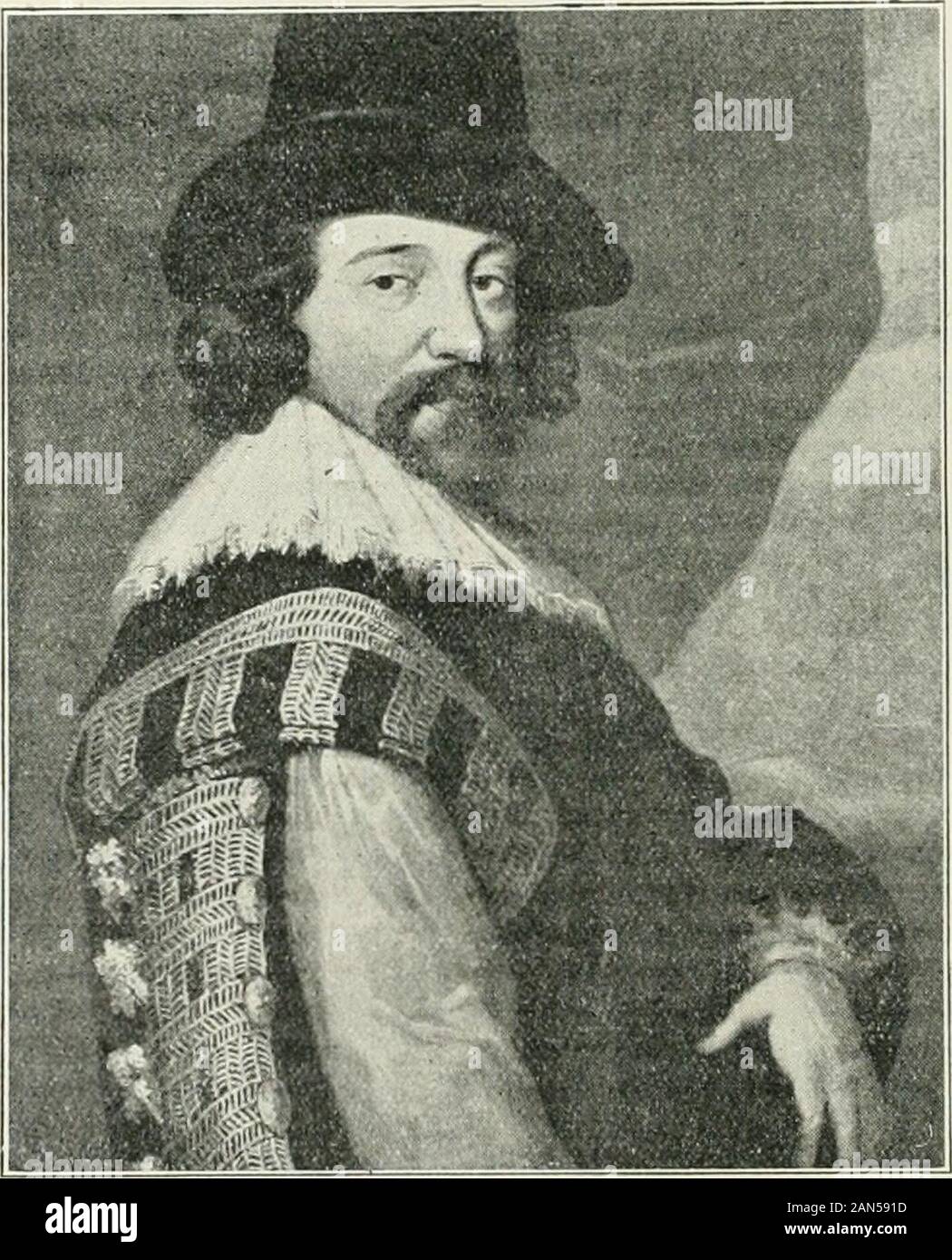Chamber's Cyclopædia of English literature; a history, critical and biographical, of authors in the English tongue from the earliest times till the present day, with specimens of their writings . fessionaltreatises, and acollection ofApophth egm s,anecdotes andwitticisms ancientand m o d c r n,many of tlicmlittle above thelevel of JoeMiller. After retiring from public life, Bacon, thoughenjoying an annual income of ^2500, continued tolive in so ostentatious a style that at his death in1626 his debts amounted to upwards of ^22,000.His devotion to science appears to have been theimmediate cause

Image details
Contributor:
The Reading Room / Alamy Stock PhotoImage ID:
2AN591DFile size:
7.2 MB (473.4 KB Compressed download)Releases:
Model - no | Property - noDo I need a release?Dimensions:
1421 x 1759 px | 24.1 x 29.8 cm | 9.5 x 11.7 inches | 150dpiMore information:
This image is a public domain image, which means either that copyright has expired in the image or the copyright holder has waived their copyright. Alamy charges you a fee for access to the high resolution copy of the image.
This image could have imperfections as it’s either historical or reportage.
Chamber's Cyclopædia of English literature; a history, critical and biographical, of authors in the English tongue from the earliest times till the present day, with specimens of their writings . fessionaltreatises, and acollection ofApophth egm s, anecdotes andwitticisms ancientand m o d c r n, many of tlicmlittle above thelevel of JoeMiller. After retiring from public life, Bacon, thoughenjoying an annual income of ^2500, continued tolive in so ostentatious a style that at his death in1626 his debts amounted to upwards of ^22, 000.His devotion to science appears to have been theimmediate cause of his death. Tra-.elling in hiscarriage when there was snow on the ground, hebegan to consider whether flesh might not bepreserved by snow as well as by salt. In order tomake the experiment he alighted at a cottagenear Highgate, bought a hen, and stuffed it withsnow. This so chilled him that he was unable toreturn home, but went to the Earl of .Arundelshouse in the neighbourhood, where his illness wasso much increased by the dampness of a bed intoAvhich he was put that he died in a few days, 9thApril 1626. He was buried in St Michaels Churchat St Albans. In a letter to the earl, the last. FRANCIS BACON.From the Picture by Paul van Somer in the National Portrait Gailei^-. which he wrote, after comparing himself to theelder Pliny, who lost his life by trying an experi-ment about the burning of Mount Vesuvius, hedoes not forget to mention his own experiment, which, says he, succeeded excellently. The overstatement by his admirers of Baconsclaims to universal and unparalleled admirationas the greatest of modern philosophers does himultimately an injustice, and his contributions toscience and scientific progress have been too jealously andgrudgingly criti-cised. Popesepigram, Thewisest, brightest, meanest of man-kind, is too com-plimentary to hiswisdom and toohard on his char-acter; Macaulayspraise and blame, glorification and ituperation, areill balanced in thesame way. It isabsurd